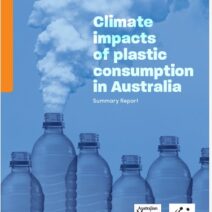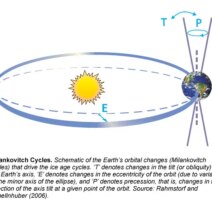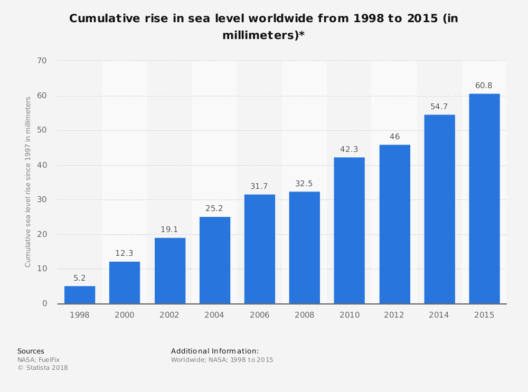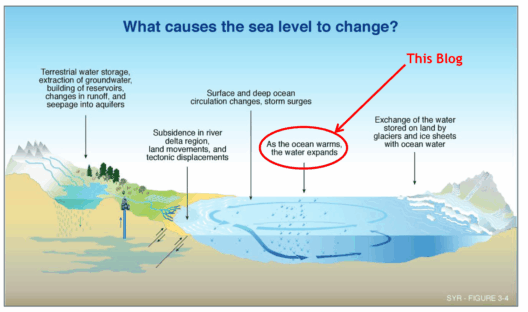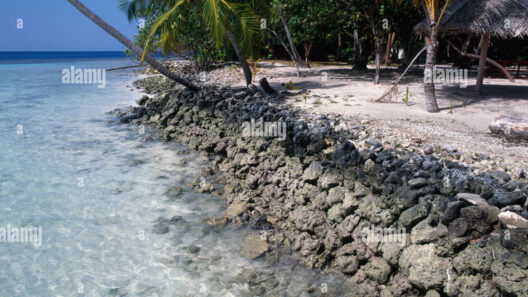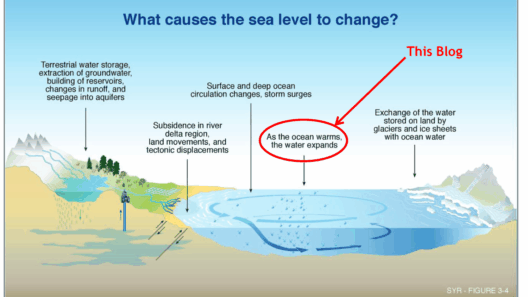The inexorable rise of sea levels is not merely an environmental phenomenon; it is a harbinger of change that echoes across multiple spheres: social, economic, and geopolitical. To understand the depth of this issue, we must venture into the scientific underpinnings of climate change while scrutinizing its cascading effects on various ecosystems and human societies.
The Science of Sea Level Rise: A Complex Puzzle
The primary culprits behind rising sea levels are twofold: the thermal expansion of seawater and the melting of glaciers and polar ice sheets. As the atmosphere warms, oceans absorb heat, causing water to expand. Coupled with this phenomenon is the alarming retreat of ice sheets in Greenland and Antarctica, where melting ice contributes significantly to global sea level rise.
Currently, sea levels are rising at an accelerating rate, with some projections estimating an increase of over three feet by the end of this century if current trends continue. This empirical data paints a stark yet essential narrative—one that demands our attention and calls for action.
The Environmental Repercussions: Ecosystems in Peril
Rising sea levels pose an existential threat to coastal ecosystems, altering habitats and endangering biodiversity.
Coastal Wetlands: Nature’s Defenders
Wetlands are among the most productive ecosystems on Earth, providing crucial habitat for countless species, acting as natural water filters, and serving as buffers against storm surges. However, they are particularly vulnerable to sea level rise. Saltwater intrusion compromises freshwater resources, altering plant communities and disrupting the delicate balance required for various species to thrive.
Coral Reefs: The Oceans’ Canaries
Beyond wetlands, coral reefs, often dubbed the “rainforests of the sea,” face grave threats. Rising temperatures and increased ocean acidity, driven by climate change, have already taken a toll on these vital ecosystems. When combined with the stress of rising waters, coral reefs can suffer mass bleaching events, leading to diminished marine biodiversity and the loss of essential services they provide to coastal communities.
Land Degradation: A Losing Battle
A significant consequence of rising sea levels is land erosion, causing the displacement of both human populations and wildlife. Coastal areas are not only losing physical land; they are experiencing a decline in the quality of life as homes and infrastructures succumb to the encroaching tides. Coastal cities are particularly endangered, raising pressing questions about urban planning and resilience in the face of climatic inevitability.
The Economic Fallout: An Imminent Crisis
While the environmental impacts of rising sea levels may sound alarming, the economic ramifications are equally daunting and deserve scrutiny.
Infrastructure Strain: The Cost of Adaptation
Coastal infrastructure, from roads to ports, may require billions of dollars in modifications to remain functional as sea levels rise. Economists predict that the financial burden of retrofitting these systems could be catastrophic. Cities like Miami, New Orleans, and New York are already investing in flood-resistant infrastructure, but the question looms: will these measures be enough to stave off economic ruin?
Agricultural Disruption: A Fragile Harvest
The agricultural sector, particularly in coastal regions, stands to lose much from rising sea levels. Increased salinity in irrigation water can damage crops and diminish yields. With global food security already under strain due to climate change, the cascading effects of sea level rise may precipitate further food shortages and price spikes, exacerbating socio-economic inequalities.
Real Estate Decline: A Chain Reaction
The real estate market in coastal areas is already demonstrating red flags. Potential buyers are increasingly wary of properties located in flood-prone regions. As insurance companies adjust policies and rates, property values have begun to plummet, creating a ripple effect that could destabilize local economies. This daunting reality prompts a critical question: as the ocean’s advance continues, how will we reassess value in real estate and invest in sustainable solutions?
A Shift in Perspective: Viewing Sea Level Rise as an Opportunity
It may seem counterintuitive, but rising sea levels also present an opportunity to innovate and rethink our approach to urban design and environmental stewardship.
Adopting Green Infrastructure
One potential solution lies in the development of green infrastructure, such as living shorelines and wetland restoration projects, designed to absorb the shock of rising waters while enhancing biodiversity. These deliberate approaches can lead to resilience rather than resistance, fostering a more harmonious coexistence with nature.
Investing in Resilience and Adaptation
In facing the challenges posed by rising sea levels, we may ultimately catalyze progress towards more sustainable living practices and policies. By prioritizing adaptive strategies and investing in renewable resources, communities can foster economic growth while mitigating environmental degradation. Although daunting, this shift in perspective can inspire future generations to create resilient habitats and flourishing ecosystems.
Conclusion: The Path Forward
As we confront the tangible realities of rising sea levels, it is crucial to maintain a holistic perspective that considers the intricate interdependence between our environment and economy. Rising sea levels are indeed problematic; however, they beckon us to reflect, innovate, and adapt. By engaging with one another and embracing collaborative solutions, we can safeguard both the planet and our communities, ensuring a sustainable future in the face of an uncertain tide.
